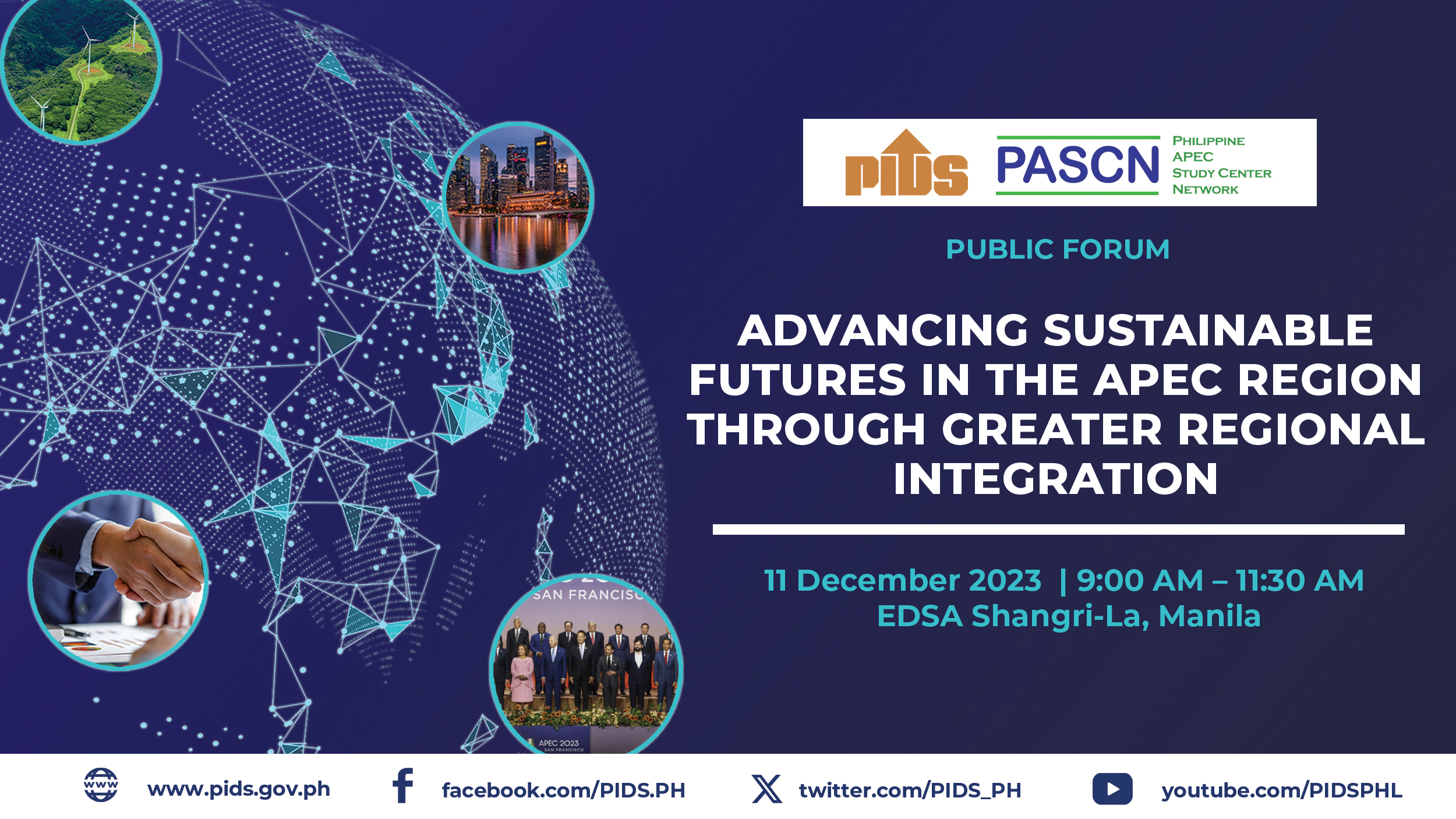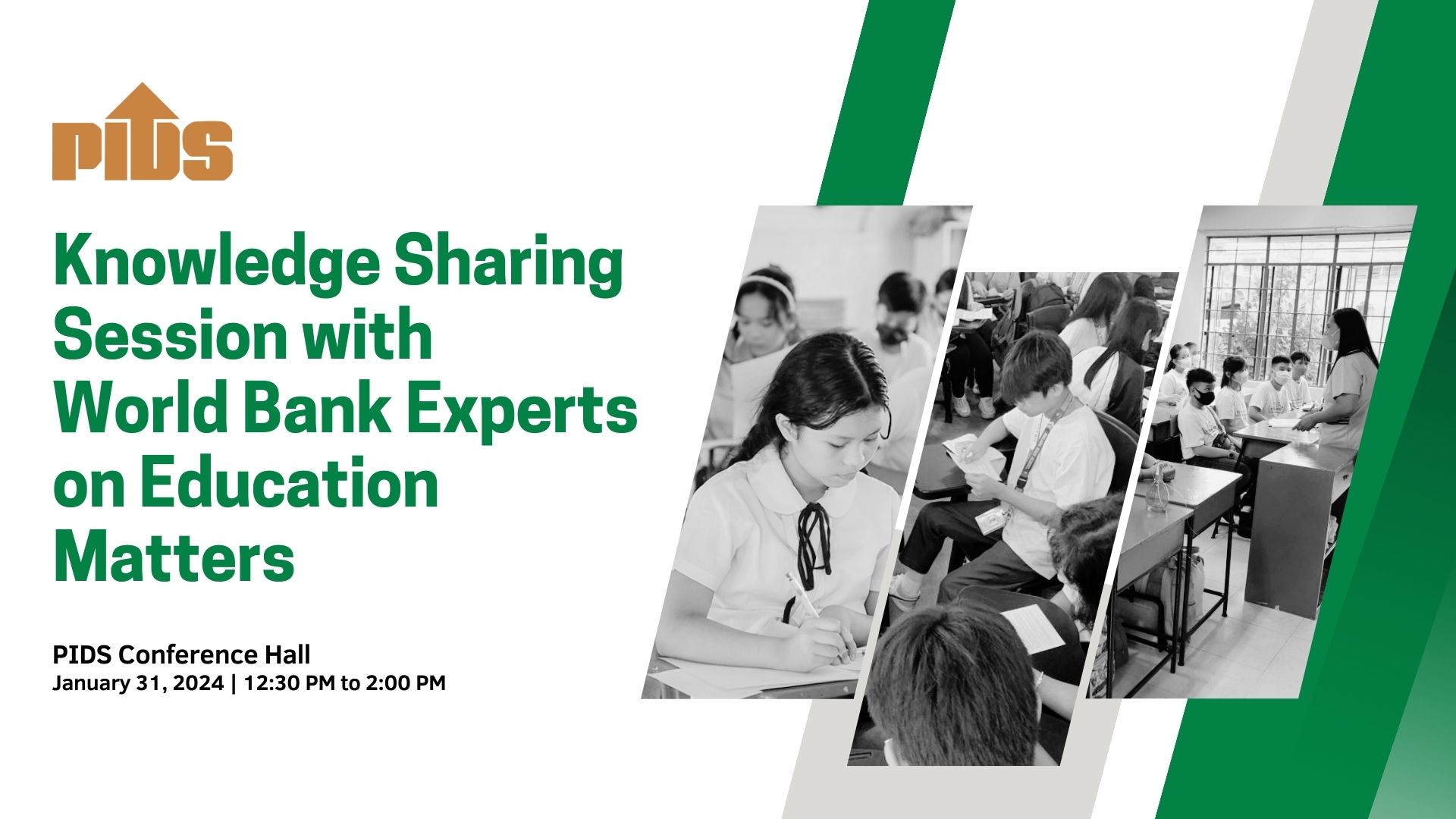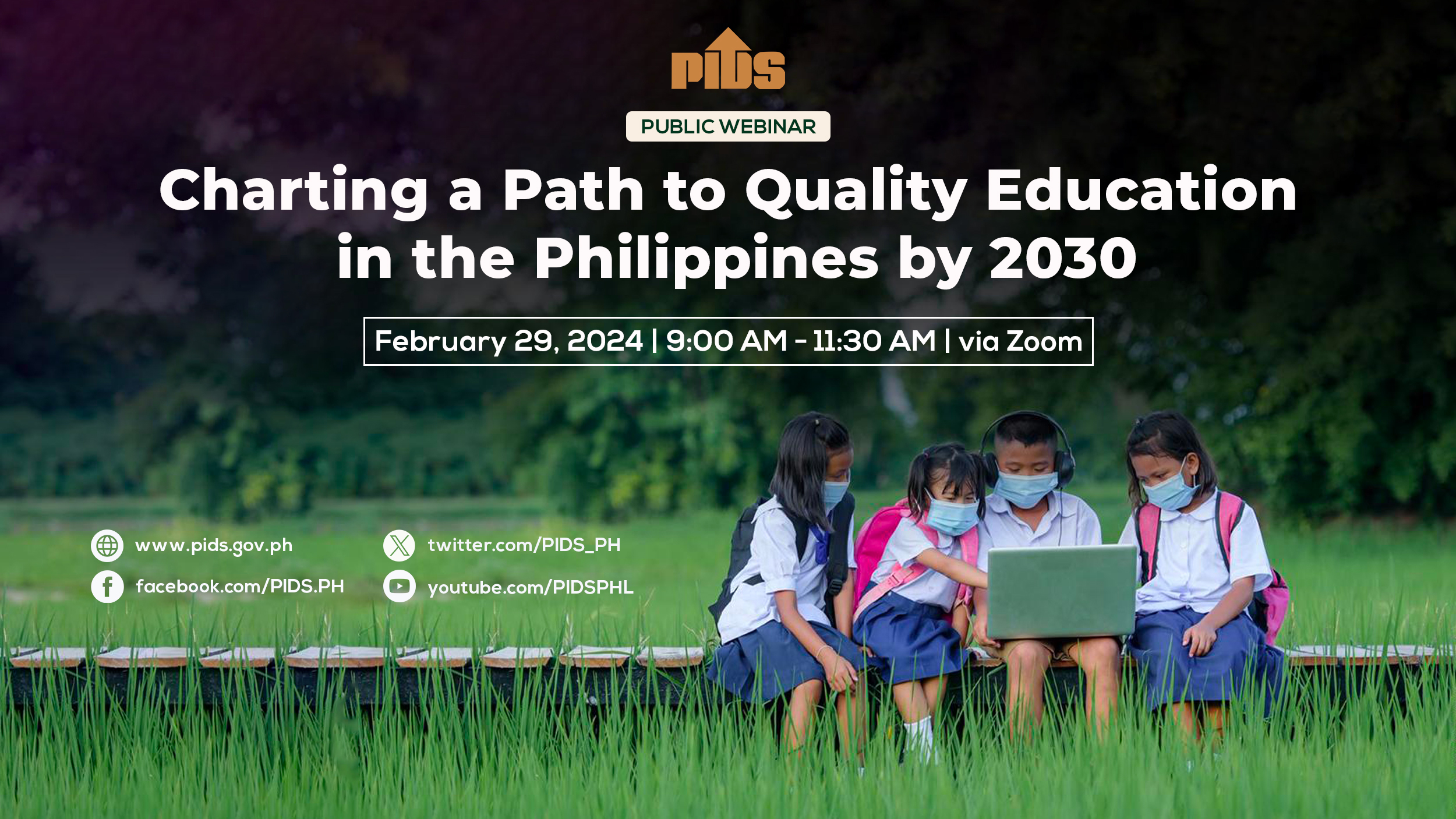DESPITE a steady increase in the government’s education investments, a study released by the Philippine Institute for Development Studies (Pids) found the country’s basic education spending levels still lagging behind its regional and aspirational peers.
PIDS Senior Research Fellow Michael Abrigo, author of the study, said the Philippines only spent 60 percent of Indonesia’s public spending per student for primary education and 72 percent of their investments per student in secondary education.
This, despite the country’s per capita income accounting for 84 percent of the per capita of Indonesia, Abrigo noted.
“[The increase in public spending on education] is an important feat but still behind the 4- to 6-percent benchmark [set] by the Education 2030 Incheon Declaration,” Abrigo said.
However, the study noted that “greater education spending does not automatically lead to better schooling outcomes” and “greater resources may be needed to raise schooling quality, especially in resource-poor settings.”
Increasing resources, Abrigo explained, may be “difficult to achieve as per capita education spending is intimately linked with a country’s economic development and fertility levels.” Thus, he said, the government might consider improving schooling quality by optimizing the translation of inputs to outputs.
A more important challenge for the government, he said, is to identify and scale cost-effective education interventions that better translate resource inputs to desired education outcomes.
“Raising education spending per capita may therefore entail more than rallying resources for the education sector but also ensuring that robust economic opportunities are available to improve average household incomes, as well as assisting households to achieve their desired fertility levels,” Abrigo said.
15-year record
The results showed that over the past 15 years, total education expenditures in the Philippines increased by 6.4 percent annually.
Moreover, education spending as a share of the country’s gross domestic product (GDP) has also increased—from 5.8 percent in 2005 to 7.5 percent by 2019. The public sector spending on education likewise increased from 2.1 percent in 2005 to 3.1 percent of GDP in 2019.
The PIDS study used the recent National Transfer Account estimates for the Philippines and countries around the world to uncover and describe trends in global education financing, with a particular focus on the Philippines as a case study.
Basic education spend of PHL trails regional, aspirational peers












